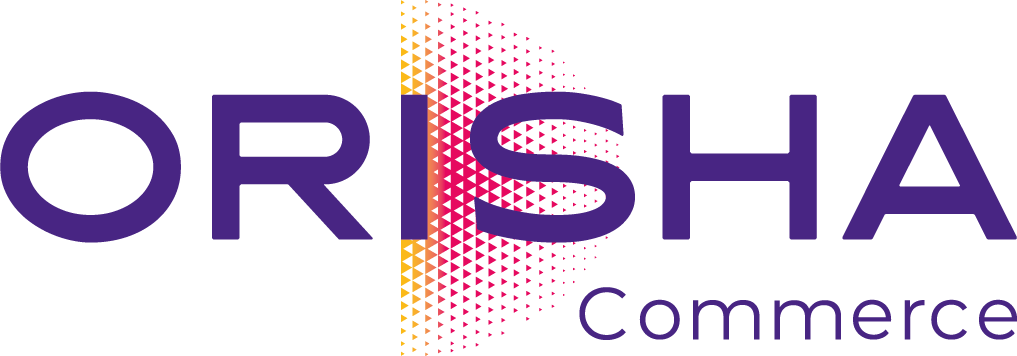12 sales kpis to measure performance and customer satisfaction

As a business leader, setting clear strategic growth goals is essential. To achieve them, you need precise, actionable reporting that not only measures store performance but also pinpoints opportunities to enhance every step of the retail customer journey. Whether the data is qualitative or quantitative, the right KPIs give you clarity, help you steer your sales activity effectively, and support smarter business decisions for long-term success.
Below, you’ll find 12 essential sales KPIs every retailer should track and integrate into their dashboards to drive results.
Ready to elevate your performance metrics? Schedule a demo of our solution today.
1. Number of transactions or receipts
The number of transactions or receipts is one of the most fundamental KPIs in retail. It measures the total count of customers who complete a purchase and has a direct impact on overall revenue.
This metric is influenced by several factors:
- The efficiency and engagement of your sales team
- Your customers’ profiles and buying behavior
- The size and demographics of your catchment area
Monitoring transaction numbers over time helps you identify sales trends and track growth compared with previous periods.
2. Units per Transaction (UPT)
This KPI measures the average number of items sold per transaction, calculated by dividing the total units sold by the number of receipts. It’s a strong indicator of overall sales performance and can reveal the quality of the in-store shopping experience.
A higher UPT often suggests that customers are finding products that meet their needs and are being encouraged to purchase more whether through effective merchandising, sales techniques, or cross-promotions.
3. Average Transaction Value (ATV)
The Average Transaction Value is essential for assessing the financial performance of a retail store. It’s calculated by dividing total sales revenue by the number of transactions.
This KPI can highlight issues with your product mix, pricing strategy, or customer traffic.
To increase your ATV, consider strategies such as:
-
Upselling, encouraging customers to choose higher-end products
-
Cross-selling, suggesting complementary products
-
Promoting add-on purchases at checkout
4. Conversion rate
The conversion rate (also known as the sales conversion or transformation rate) measures the percentage of store visitors or website visitors who complete a purchase:
(Number of buyers ÷ Number of visitors) × 100
While it’s commonly used to measure purchases, the conversion rate can also be applied to other actions such as signing up for a loyalty program.
A strong in-store experience is key to improving conversion rates:
- Maintain stock availability that meets customer demand
- Optimize store layout for better flow and product visibility
- Train sales staff to build trust and convey product expertise
Turn your KPIs into concrete actions with our solution : book your demo today.
5. Customer acquisition cost (CAC)
CAC measures how much it costs to turn a prospect into a paying customer. It takes into account all resources and investments needed for acquisition, such as:
- Marketing campaigns
- Sales team salaries
- Retail tools and software
- Physical and digital sales channels
By tracking CAC, you can assess the profitability of your acquisition strategies and identify ways to streamline prospecting efforts for maximum ROI.
6. Inventory turnover ratio
This KPI tracks how quickly stock is sold and replaced over a given period.
- Low turnover can indicate excess inventory or declining demand.
- High turnover may mean items sell out too quickly, risking stockouts and lost sales.
Inventory turnover is calculated by dividing the cost of goods sold by the average inventory value. Tracking it over time allows you to optimize supply, improve cash flow, and reduce carrying costs.
7. Product performance
Product performance measures how well individual items sell compared to others during a specific period. It’s influenced by factors such as:
- Media coverage or publicity
- Competitor pricing changes
- Promotional discounts
Monitoring this KPI helps you identify star performers, adapt pricing, and plan restocking more strategically.
8. Monthly sales from new customers
This KPI tracks the percentage of total monthly sales generated by first-time buyers. It reflects the effectiveness of your acquisition strategies and helps explain variations in sales performance.
Factors that can influence results include:
- Sales team motivation and engagement
- Seasonality
- Strategic decisions on product launches or promotions
- Alignment between products and target demographics
9. Customer retention rate
Retention rate measures the proportion of existing customers who continue purchasing from you over time:
[(Customers at end of period – New customers) ÷ Customers at start of period] × 100
It’s a reliable indicator of loyalty and long-term engagement.
10. CRM capture rate
An accurate customer database is essential for targeted marketing and retention strategies. The CRM capture rate measures the percentage of customers whose full contact details you’ve recorded, or who have enrolled in your loyalty program.
The richer and more accurate your data, the more effective your outreach, sales promotions, and loyalty initiatives will be.

11. Gross margin return on inventory investment (GMROI)
GMROI measures the gross margin earned for every dollar invested in inventory. It indicates whether your merchandise investment is generating sufficient profit.
A low GMROI suggests that certain products may not be selling as expected, signaling the need for promotions, markdowns, or a revised product strategy.
12. Annual growth
Annual growth provides a big-picture view of your store’s financial health. By comparing year-over-year results, you can:
- Track overall performance trends
- Spot emerging opportunities
- Adjust strategic priorities to boost results
Discover how to easily manage your stores : request your demo today.
These 12 KPIs are powerful tools for improving both sales performance and customer satisfaction. Reviewing them regularly through dashboards, acting on the insights they reveal, and aligning operations accordingly can transform raw data into tangible business growth.
FAQ
What tools can help track sales performance indicators?
To monitor KPIs and boost your revenue effectively, consider:
- -CRM software to centralize all leads and customer data
- -POS systems with built-in reporting and analytics
- -Analytical dashboards for real-time visual insights
-ERP platforms to integrate and manage all commercial data across locations






